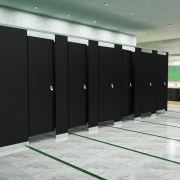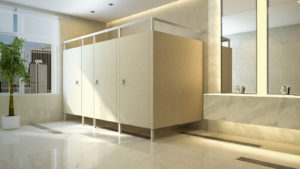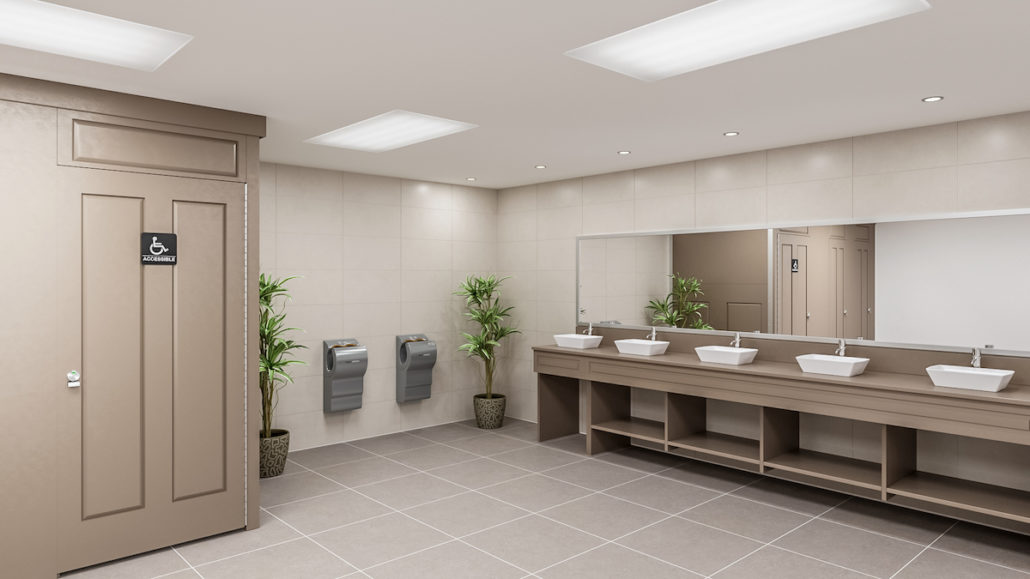When choosing materials for your next project, you certainly have plenty of options. Since the 1950s, high-density polyethylene (HDPE) has soared in popularity in the US, although it first started in the UK about two decades earlier. Now it’s one of the most widely used types of plastic available.
But what exactly is it and why should you consider using HDPE in your next project? Read below to find out.
What Is HDPE?
HDPE is made by stringing together ethylene molecules, hence the name polyethylene. The ethylene molecules come primarily from US natural gas resources, and the resulting plastic is as versatile as it is durable, being used in a variety of applications.
One reason contractors, builders, and facility supervisors prefer HDPE over other materials is because it’s lightweight while also managing to be extremely strong. It’s also resistant to impacts and very durable, standing up to the daily wear and tear in commercial restroom, locker room and similar environments. Bump into a locker made from HDPE and it won’t dent. Nor will it rot or grow mold as wood or other materials might, making HDPE plastics ideal for use where moisture is common, such as a commercial bathroom.
HDPE Is Environmentally Conscious
HDPE offers a relatively low environmental impact and substantial improvements to the indoor air quality both initially and in the long run.
In addition, HDPE materials from Scranton Products are GREENGUARD Gold Certified. This exclusive certification features extremely strict criteria and takes into account certain safety factors for sensitive individuals, making Scranton Products’ HDPE brands perfectly suitable for use in healthcare facilities and schools.
Scranton Products brands are 100% recyclable at end of use. Plus the plastic is solid colored throughout. That means no volatile organic compound emissions inside your facility, no chipping, and no need to repaint.
Lower Long-Term Costs
One of the biggest problems facing building officials is the cost to maintain their facilities. In this respect, HDPE holds a significant advantage over other common building materials, such as metal.
Take a locker, for example. Metal lockers may have a lower initial cost than lockers made from HDPE, but the cost of maintaining metal can surpass that of HDPE over time. When you factor in the cost of painting, cleaning, and other maintenance, HDPE lockers are less expensive than their metal counterparts.
That’s because HDPE is durable and resistant to germs*, rust, corrosion, and even graffiti. Therefore, it requires minimal care to stay in good working condition due to being power washable and steamcleanable. Not only that, but in the case of lockers, HDPE is more effective at noise reduction than traditional metal lockers.
If you’d like to learn more about HDPE or any of the brands offered by Scranton Products, contact us today.









